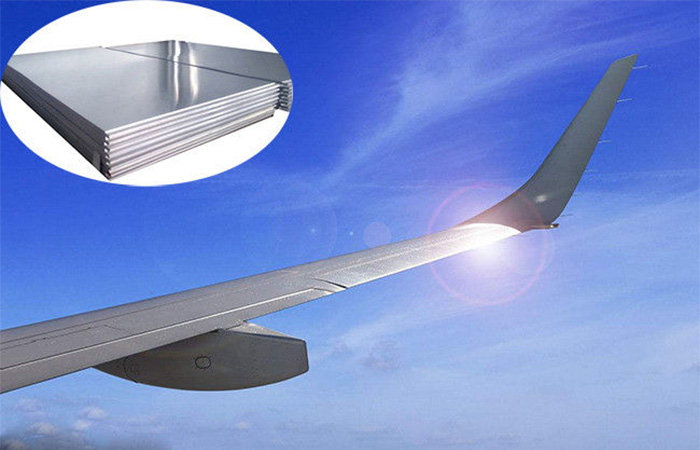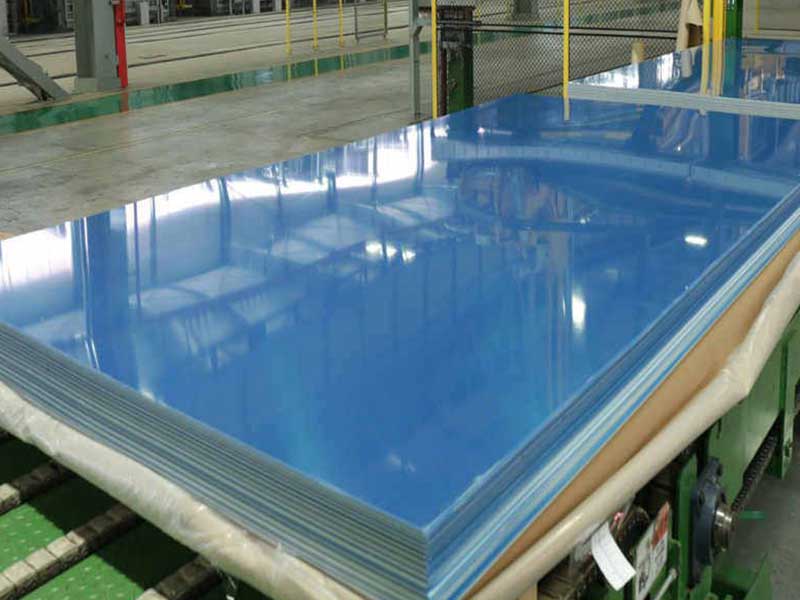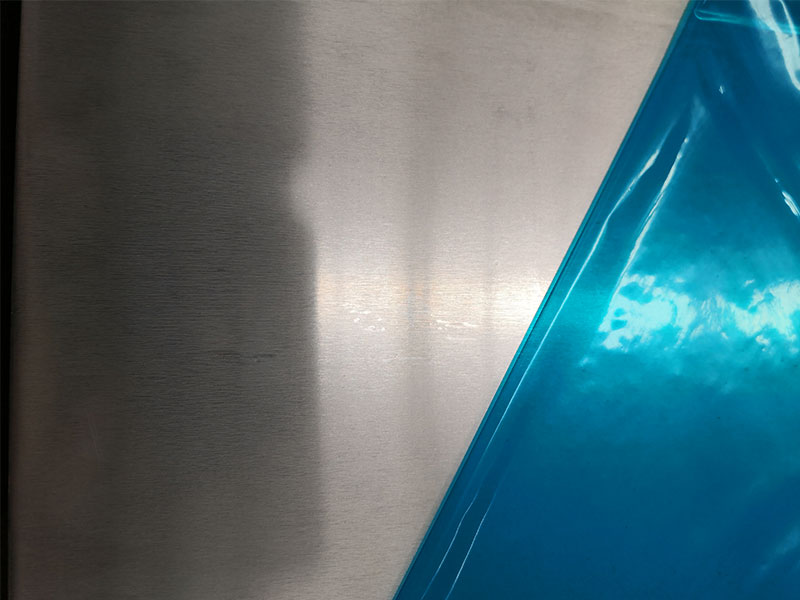Mill Finish Aluminium Sheet Alloy 1050 1100 3003 5005
Mill Finish Aluminium Sheet Alloy 1050, 1100, 3003, 5005: A Comprehensive Guide to Functions and Applications
Aluminum sheets with a mill finish are pivotal in a multitude of industries due to their versatility, durability, and cost-effectiveness. When it comes to alloys like 1050, 1100, 3003, and 5005, their unique properties and functional differences can substantially impact project outcomes.
What is Mill Finish Aluminium Sheet?
"Mill finish" refers to the surface texture and finish of an aluminium sheet as it comes directly from the mill without secondary processing like polishing, painting, or anodizing. This finish is often slightly dull, showing minor imperfections and marks inherent to the rolling and cutting production process. Despite its understated look, mill finish aluminium offers an excellent balance of economy and performance and is frequently preferred in applications where post-processing or painting is planned, or an industrial aesthetic is acceptable.
Working with mill finish aluminum sheets in alloys 1050, 1100, 3003, and 5005 daily, I've noticed distinct differences in their workability. The 1050 and 1100, being nearly pure aluminum, are incredibly soft and easy to form, ideal for applications requiring deep drawing or intricate bending. However, their softness also makes them more prone to scratching and marring during handling and processing. Conversely, the 3003 and 5005, with their alloying additions, offer better strength and formability, though they require slightly more force during bending and stamping. We often see 3003 used in applications requiring moderate strength like can lids or cookware, while the slightly higher strength 5005 finds its way into more demanding applications like automotive parts or marine components. these subtle differences is crucial for optimizing our production processes and minimizing scrap.
Beyond the mechanical properties, the mill finish itself presents its own set of challenges. Maintaining consistent surface quality across different batches can be tricky, and variations in rolling parameters can lead to slight differences in surface finish—sometimes subtle, sometimes more pronounced. These imperfections, though often minute, can impact the final product's appearance, especially for applications requiring a polished finish. We've invested heavily in surface inspection technology to detect these variations early on and ensure that our clients receive consistently
Alloy Overview: Functional Distinctions
Alloy 1050 and 1100: Exceptional Purity for Superior Formability
Both 1050 and 1100 aluminium are known for their high purity levels—typically above 99%. This high purity confers exceptional malleability and excellent corrosion resistance, making these alloys ideal when complex forming or shaping is required without compromising structural integrity.
- Functionality Insight: Due to their softness and ductility, 1050 and 1100 sheets offer ease during manufacturing processes like deep drawing, bending, and spinning. If your project demands electrically conductive components or food-grade containers, these compositions highlight functional advantages without excessive machining challenges.
- Applications Highlight: Electrical cables, chemical processing equipment, hood panels, and cooking utensils extensively use these grades. Their inherently low strength is overcome by thickness rather than treatment, making them reliable choices where purity governs performance.
Alloy 3003: Balancing Strength and Workability with Manganese Addition
3003 Aluminium adds manganese (about 1.2%) into the mix, enhancing tensile strength without drastically affecting its corrosion resilience or formability.
- Functionality Insight: This middle-ground alloy maintains reasonable ductility but with upwards of 20-30% higher strength than the 1000 series alloys. Its resistance to corrosion in atmospheric environments permits a broader spectrum of applications where slightly higher strength is necessary without complex treatments.
- Applications Highlight: Mill finish sheets of 3003 alloy shine in roofing, siding, rain-carrying goods, and cookware. Their sturdy composition reduces deformation risk while allowing finished products to last longer under variable weather conditions.
Alloy 5005: Emphasizing Enhanced Strength with Magnesium
5005 aluminium sheets contain about 0.8% to 1.2% magnesium, yielding outstanding strength coupled with promising corrosion resistance characteristics, especially in marine settings where chloride exposure is routine.
- Functionality Insight: Magnesium introduces natural hardening making 5005 suitable for challenged environments, where durability and longevity are non-negotiable. It also imparts excellent paint adhesion, which is beneficial if the mill finish would be optimized later with coatings.
- Applications Highlight: This alloy sees common use in signage, architectural panels, transportation panels, and polished finishes that require endurance and aesthetic appeal.
Distinctive Perspective: Mill Finish as a Versatile Design Starting Point
Rather than viewing mill finish aluminio sheets as merely unfinished or inferior, consider this state a functional canvas brimming with adaptive potential. This starting point delivers cost-effective access to material properties with low immediate finishing requirements.
Design engineers benefit by incorporating variability in secondary processes selectively—applying anodizing or painting only where necessary. This many make-timeline adaptability ideal for prototyping, allowing quick concept testing with real material behavior before achieving the final finish and durability.
Mill finish aluminium sheets across alloys 1050, 1100, 3003, and 5005 reveal a spectrum of functional capabilities. From pure soft metals suited for sensitive shaping tasks (1050, 1100) to more robust, application-flexible grades like 3003 and 5005, these mill finish sheets form the backbone of countless construction, manufacturing, and industrial projects. A planner crystalizes commercially viable decisions by assessing mechanical property needs, exposure environment, and post-processing timelines, ensuring successful and durable in-field performance.
https://www.aluminumplate.net/a/mill-finish-aluminium-sheet-alloy-1050-1100-3003-5005.html







